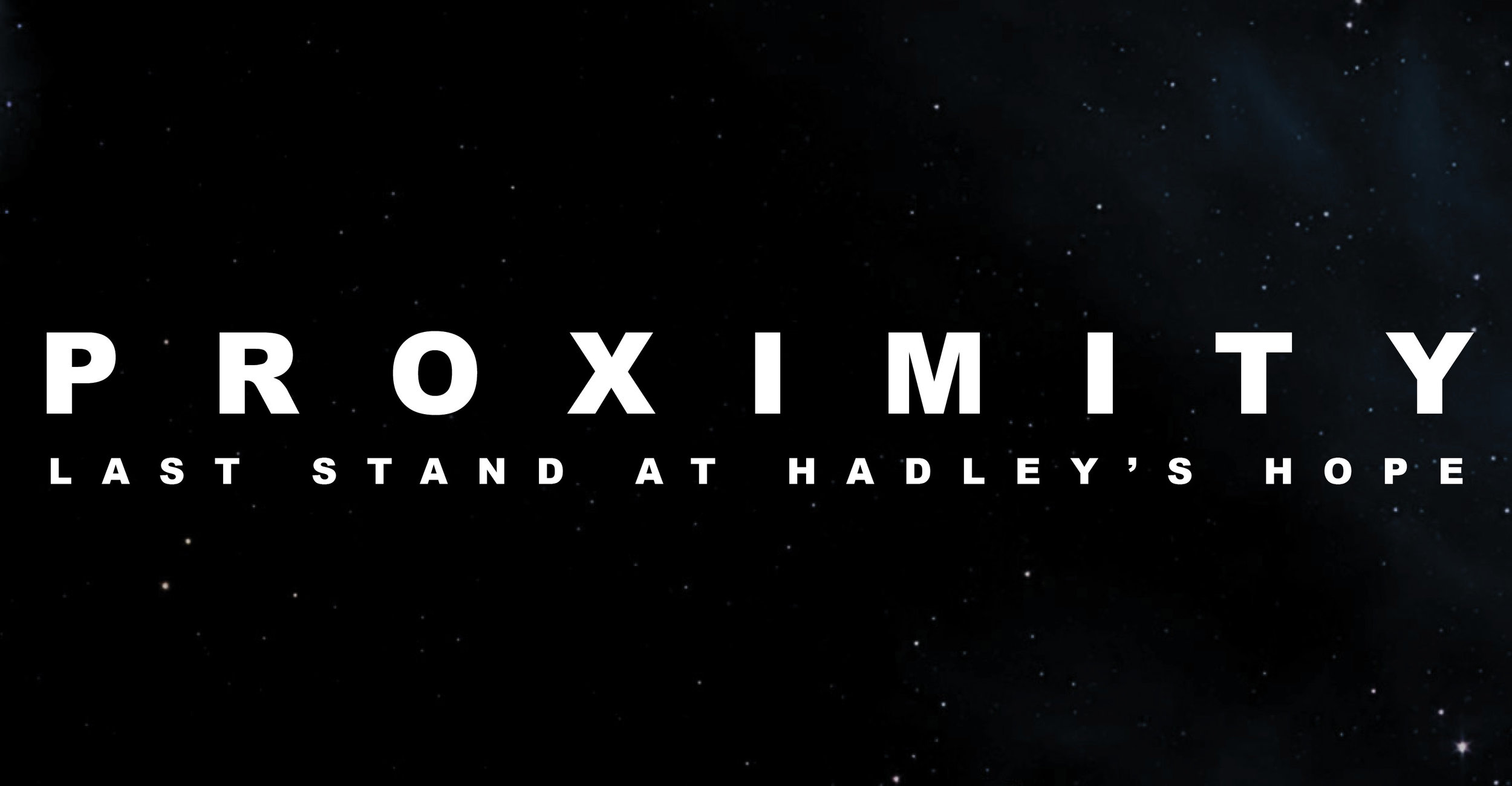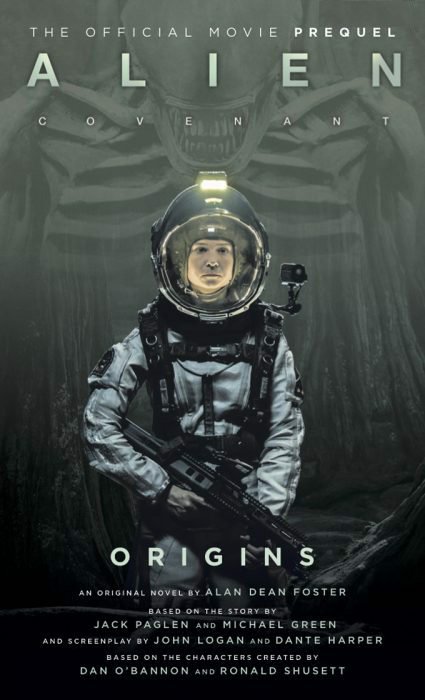But actual dream sequences pervade the script as well. One of Ripley's first scripted moments is a nightmare that closely resembles (and, one would assume, eventually gave birth to) one of the more iconic shots in Fincher's film. From the script:
The Alien stands alongside her bed.
Extends a six-fingered hand ...
Gently rests it on her stomach.
Cocks its head—like it's listening to something.
The implication is clear.
Ripley then awakes with a scream, but the idea that there is an alien inside of her never leaves. And the idea that she is somehow being protected from the alien because of her cargo is one of the most poignantly frightening things in Fincher's movie. The genesis of that idea—as well as many others, some of which we will explore momentarily—is here, in Ward's story.
Perhaps the most frightening nightmare sequence occurs later, when Ripley has a vision of being raped by the monster. This plays off many of the most deeply frightening themes cycling through the Alien mythos from the very beginning, starting with the implied possibility that Lambert was sexually violated as her screams rang down the Nostromo's claustrophobic hallways. The way it's scripted makes this allusive connection overt. From the script:
(Ripley) begins to panic—
Senses the Alien's presence.
Looks left, right, up—no Alien ...
Looks down.
The Alien's tail is COMING UP BETWEEN HER LEGS.
She turns—
Right into its grasp.
The useless flamethrower SKITTERS across the floor.
She PUMMELS the beast with balled-up fists.
...
The Alien spins her—pushes her over across the sleep tube—
Like it's taking her from behind!
Ripley looks down into the sleep tube:
Newt is gone.
Her doll's head lays in a pool of blood.
The Alien wraps his arms around Ripley.
Thin lips pull back for a kiss.
She SCREAMS.
Even Anthony, the android, is haunted by dream visions. This Morphean quality pervades every aspect of the script, from the setting, to the dialogue, to the creature, and it gives it a uniquely phantasmagoric aspect that I think would've translated extremely well into an Alien film.
And though the dialogue could use some work, I do think Ward had a fundamental understanding of Ripley's character. I think he understood her arc, and I think he and Sigourney Weaver were actually very closely aligned in some key ways.
Indeed, a point of contention between Ward and the studio was that Ward felt Ripley had to die at the end of the film. He felt like the arc of her character had brought her to a moment of redemption and finality, and a noble death was the only way to do justice to her. The studio insisted that they needed the franchise to continue with Ripley at the center, which is how they eventually got to Brother John's sacrificial ending, but Ward wasn't happy with it. And luckily, the studio eventually relented and let David Fincher film a version granting Ripley a noble, heroic death.
Ghosts
It might seem like we never saw Ward's story come to life, but that's not entirely true. Fincher's final shooting script is full of it—which is perhaps why Ward received partial story credit. The monks became a religious order of convicts. The wooden world became Fury 161. The glassworks became a lead foundry. Brother John became Clemens, Brother Kyle laid the groundwork for Dillon, and the Abbot transformed into Superintendent Andrews.
Newt and Hicks are killed off at the beginning, leaving Ripley alone in a hostile environment populated exclusively by male strangers.
The environment is antiquated, and there are no weapons. Just as Ripley asks, incredulously, in Fincher's film if the men have access to fire, she wonders if there is any sort of technology of any kind on Arceon that can be used to fight the alien.
Just as the dog-burster (or ox-burster, depending on which version you're watching) inherits traits from its host, the sheep-burster in Ward's script is a quadruped covered in downy wool. And when the xeno is finally destroyed in Ward's script, it is through the rapid temperature shift caused by dumping cold water on a hot exoskeleton—the only difference being Ward's alien leaping from glass vs. Fincher's alien leaping from molten lead.
And just as Ward suggested the only noble end for Ripley's character was to self-sacrifice in a lake of fire, Fincher's film ends, unforgettably, with Ripley killing herself and taking the embryo—another Ward element—with her. If the studio hadn't intervened in Ward's original ending, the final five minutes of each film would've been virtually indistinguishable from one another.
Epilogue
Sometimes a dream is so powerful—so strange, so haunting, so unique, so beautiful—that we feel like we never really wake up from it. Sometimes a dream becomes part of our waking life. We wake up in the middle of the night to write down what we've learned before it escapes us. Before we wake up too much to retain anything taken back from that semi-mystical realm.
Ward's film might never have been made, but it's with us. It's in Fincher's film. It's part of Alien fan lore. There are hundreds of concept images floating around the internet, and fans are drawing new ones of their own. We are telling the story over and over again, and something about it is sticking within our collective unconscious. And that's sort of beautiful, when you think about it. It's like a dream we all had together. You can't quite touch it, but it's there.
And sometimes, if you close your eyes, you just might see a little wooden planetoid on the horizon. And if you listen really closely, you might even hear a scream or two.

















































